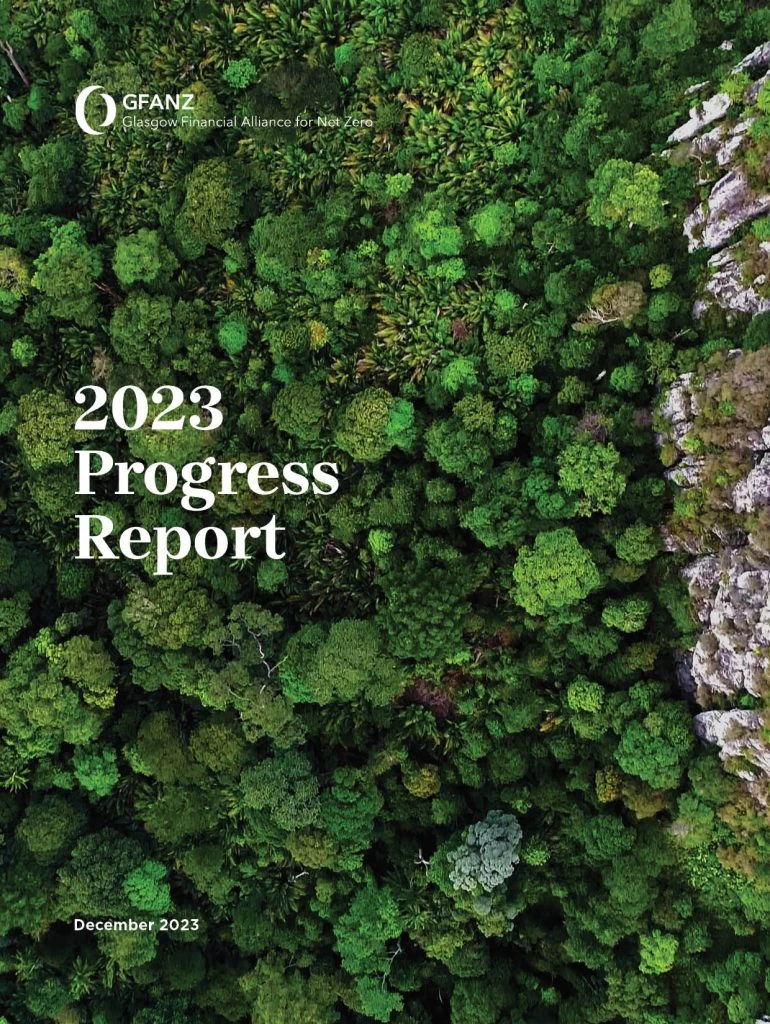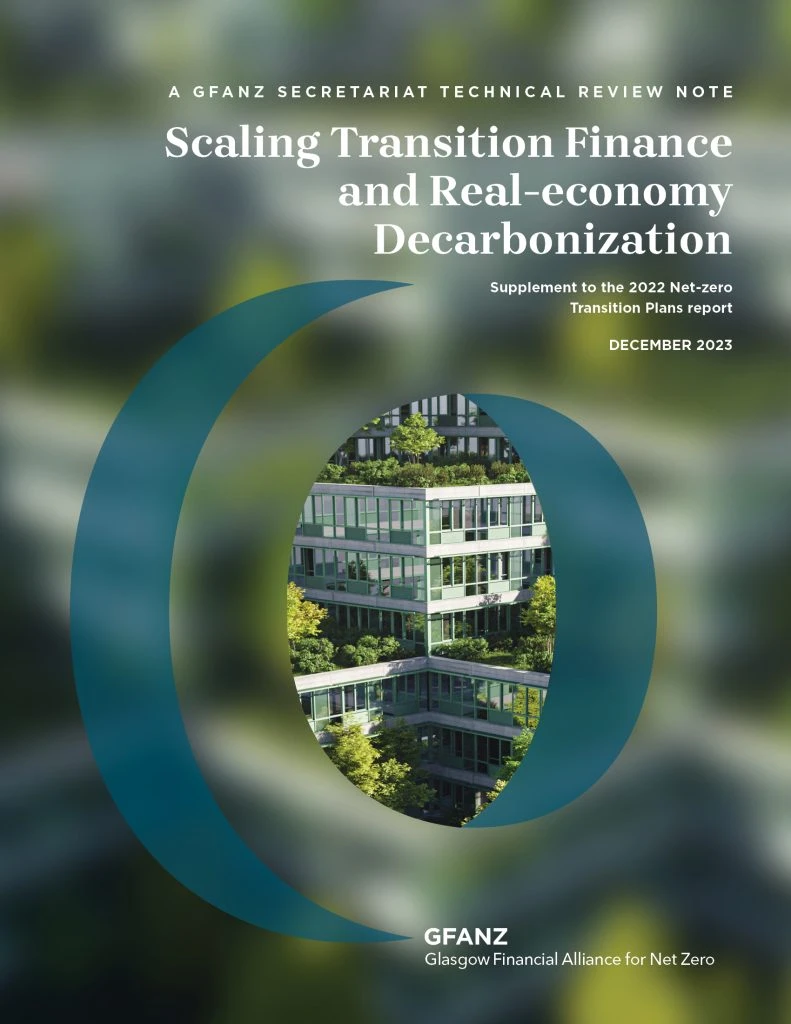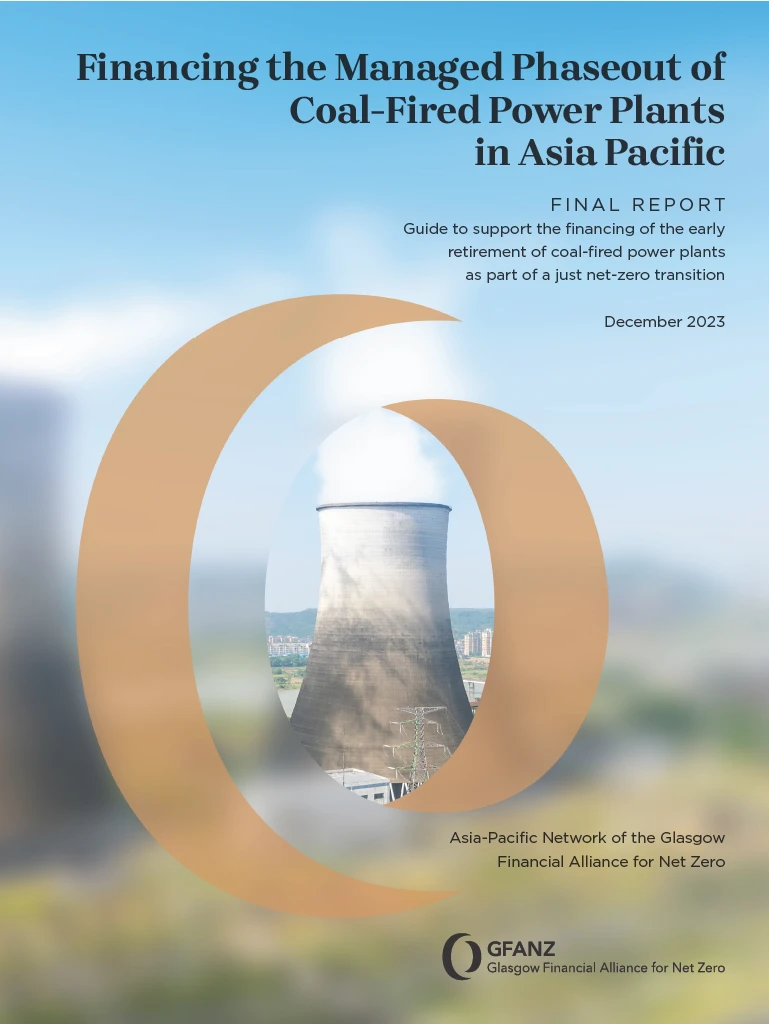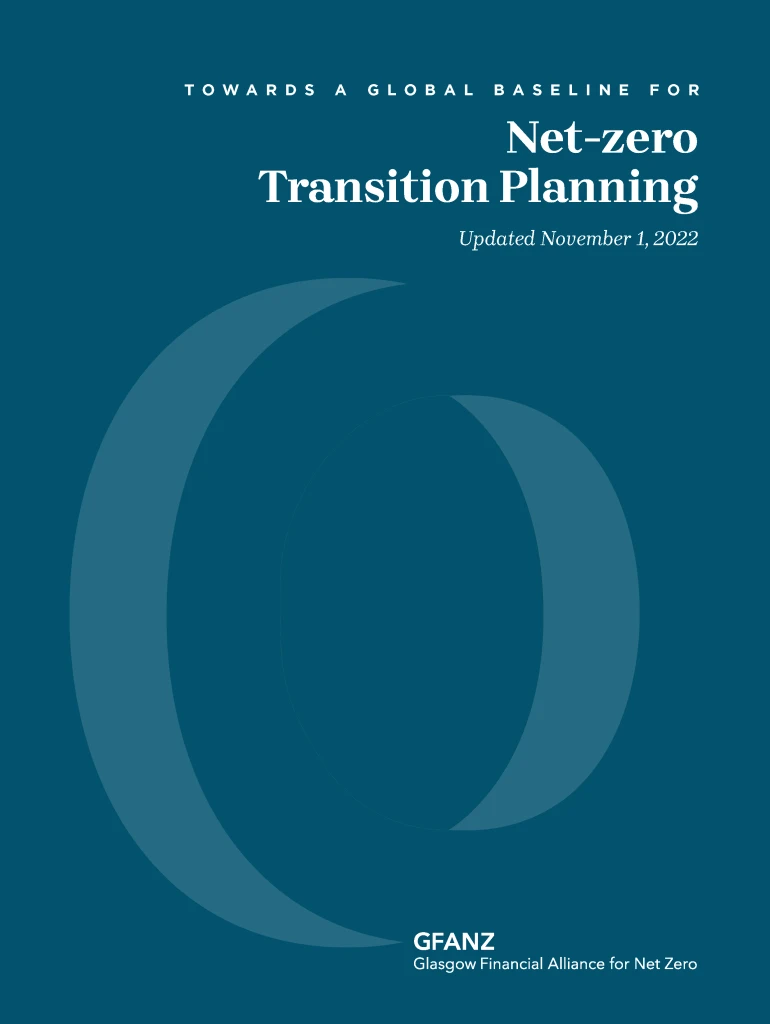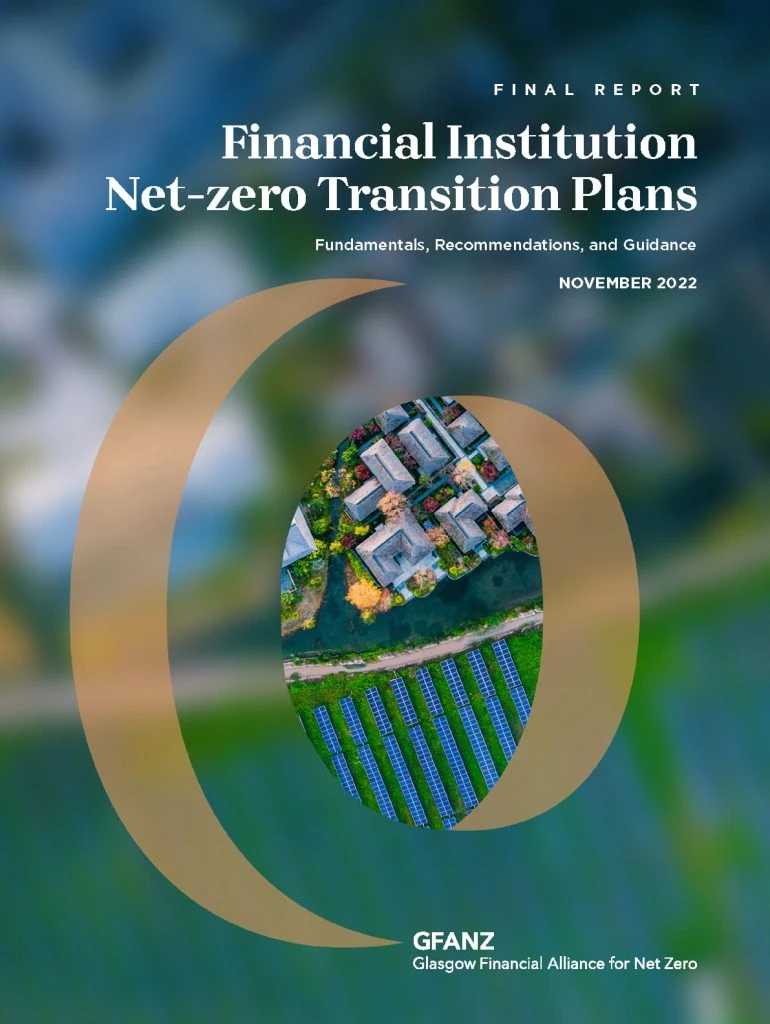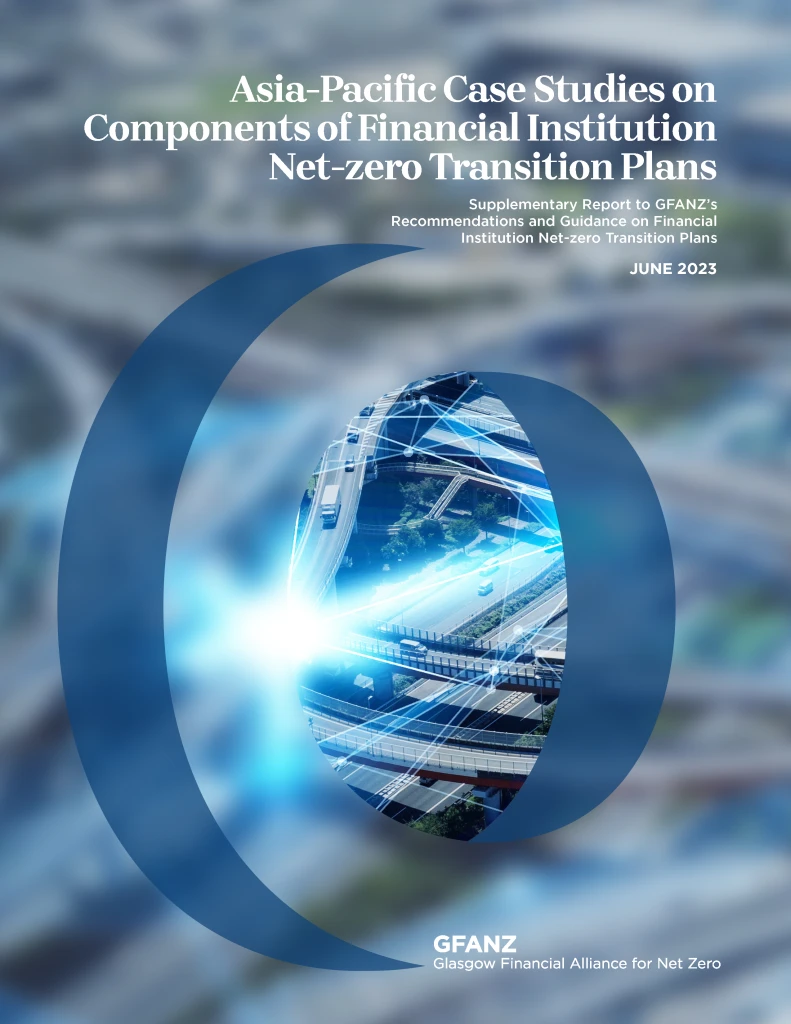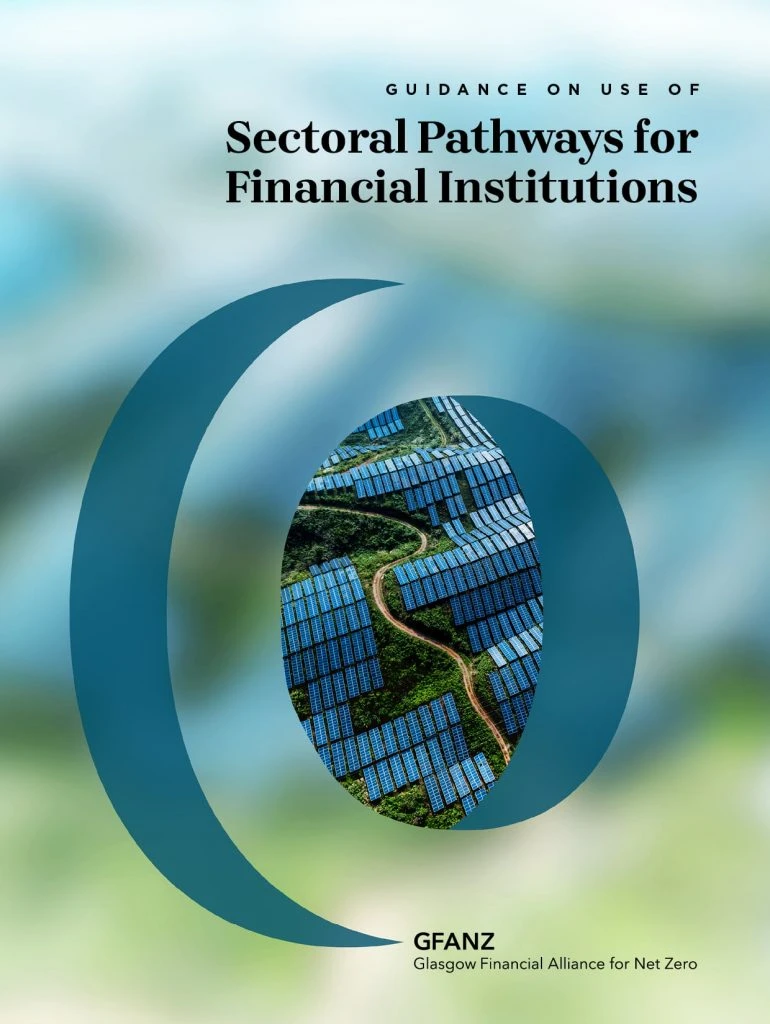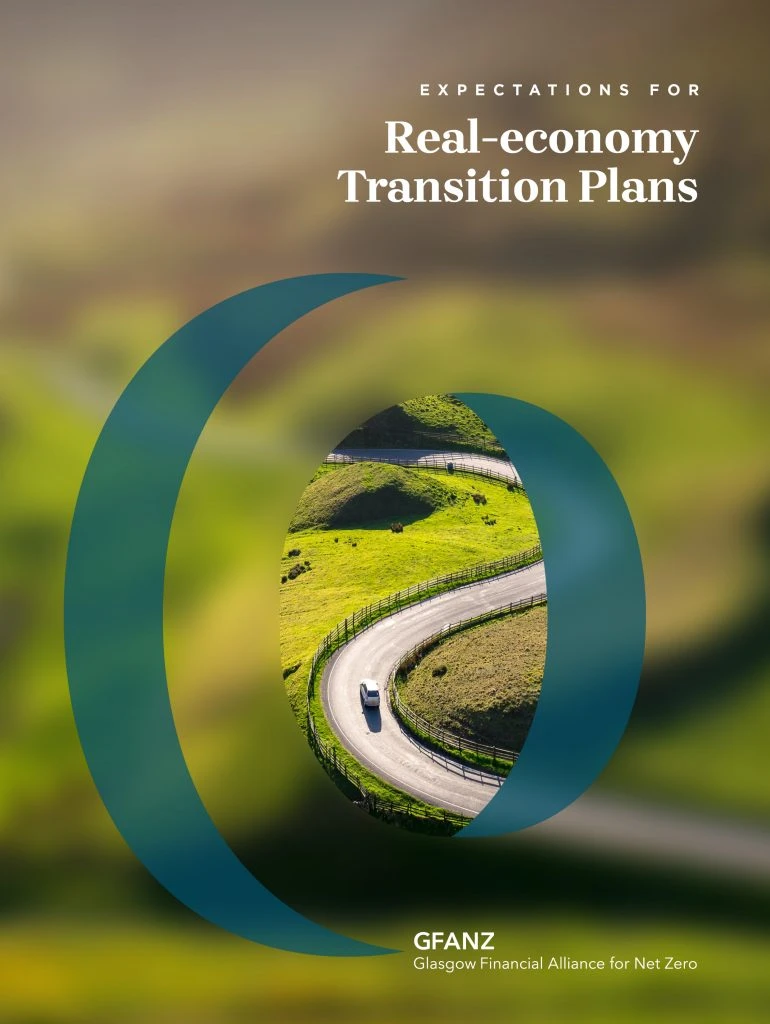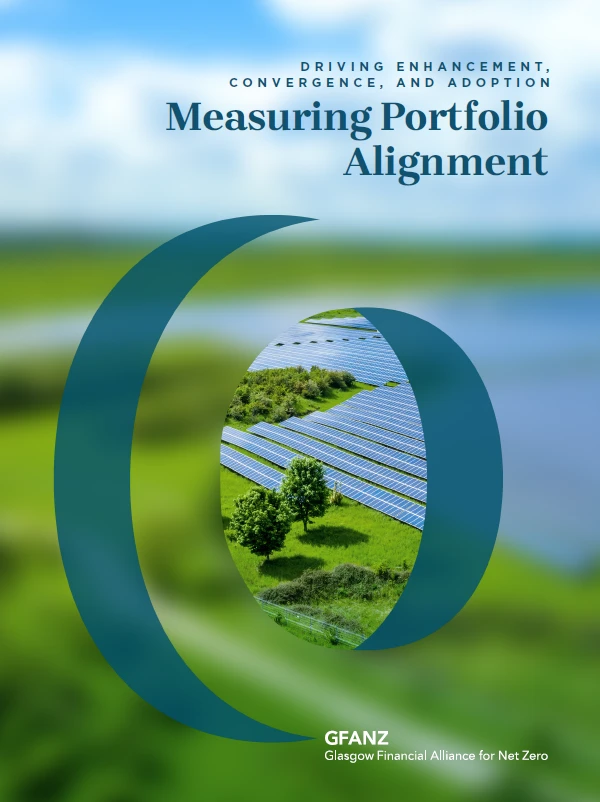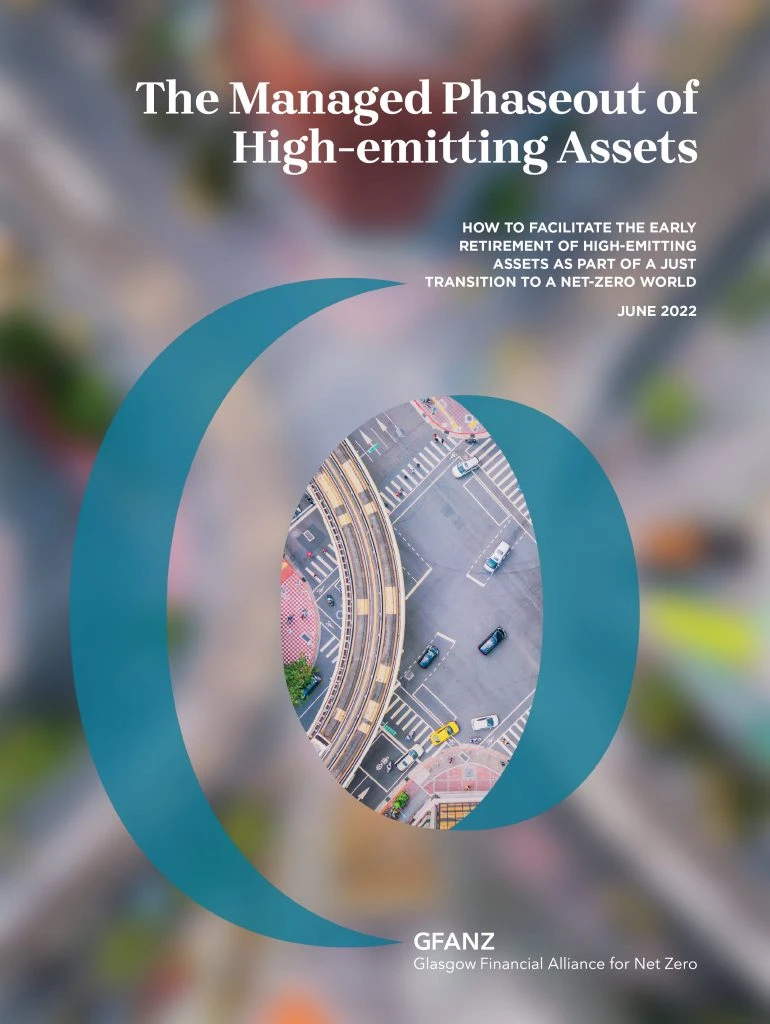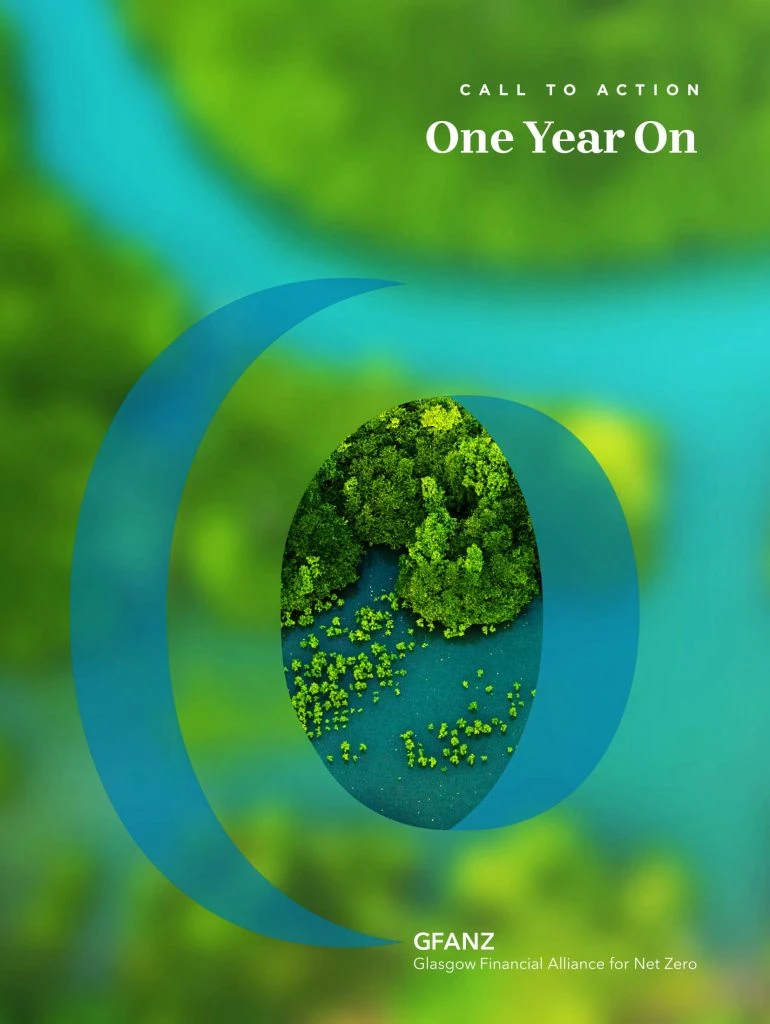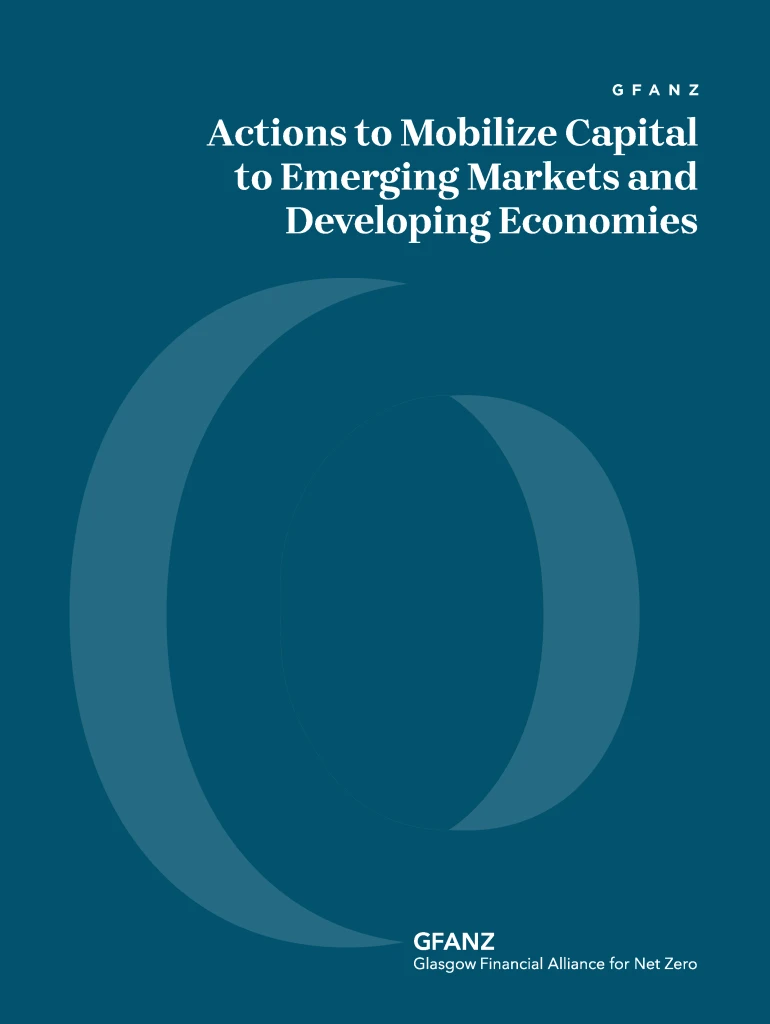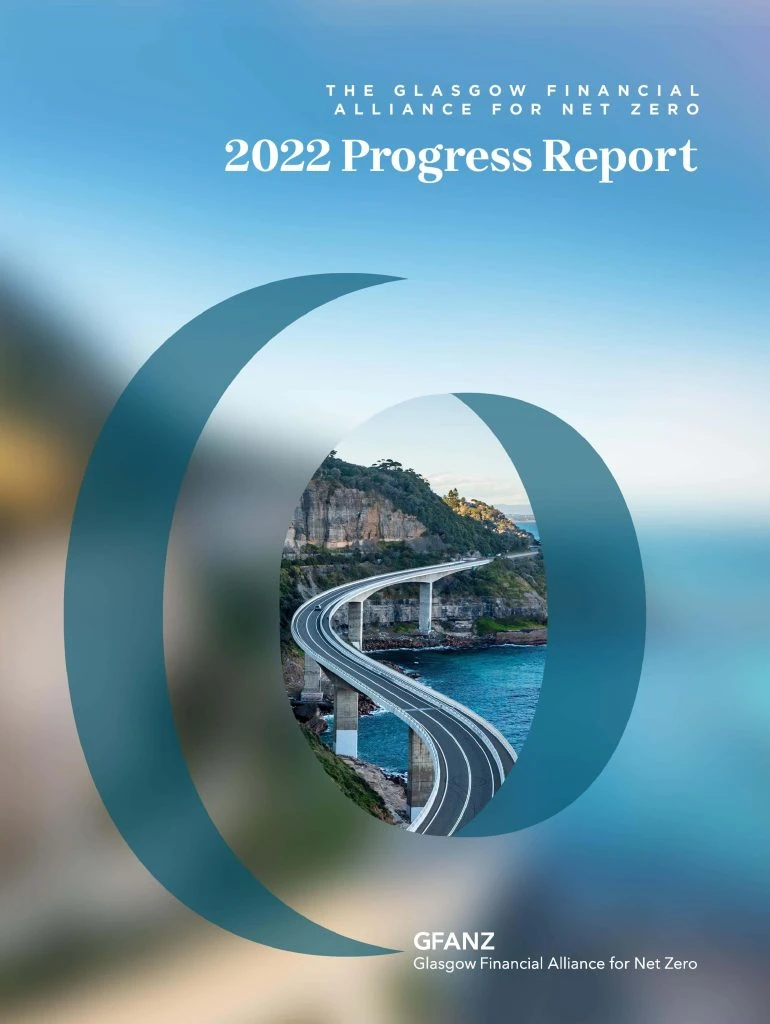Publications
Our voluntary recommendations and guidance aim to support financial institutions in developing and implementing credible, high-ambition strategies for achieving net zero.
Scaling Transition Finance and Real-economy Decarbonization, Supplement to the 2022 Net-zero Transition Plans report (December 2023)
This GFANZ Secretariat Technical Review Note further develops the Transition Finance strategies by providing a supplement to the 2022 GFANZ NZTP guidance and discusses potential decarbonization contribution methodologies as a complement to today’s metrics.
Towards a Global Baseline for Net-zero Transition Planning (November 2022)
This guide provides an overview of the voluntary, pan-financial sector net-zero transition planning tools and guidance developed by GFANZ in 2022, and how these resources can be used together to support financial institutions’ efforts to develop and implement net-zero transition plans.
Guidance on Use of Sectoral Pathways for Financial Institutions (June 2022)
This publication offers guidance and a framework to help financial institutions evaluate suitability of sectoral pathways in their transition planning process and implementation efforts.
Executive Summary Translations:
Japanese translation
Korean translation
Chinese translation
GFANZ 2022 Progress Report (November 2022)
This report details the progress GFANZ has made in 2022 under our program of work to support financial institutions in operationalizing their net-zero commitments, accelerating capital mobilization to EM&DEs, and advocating for credible policies and standards to enable net-zero transition across the globe.
